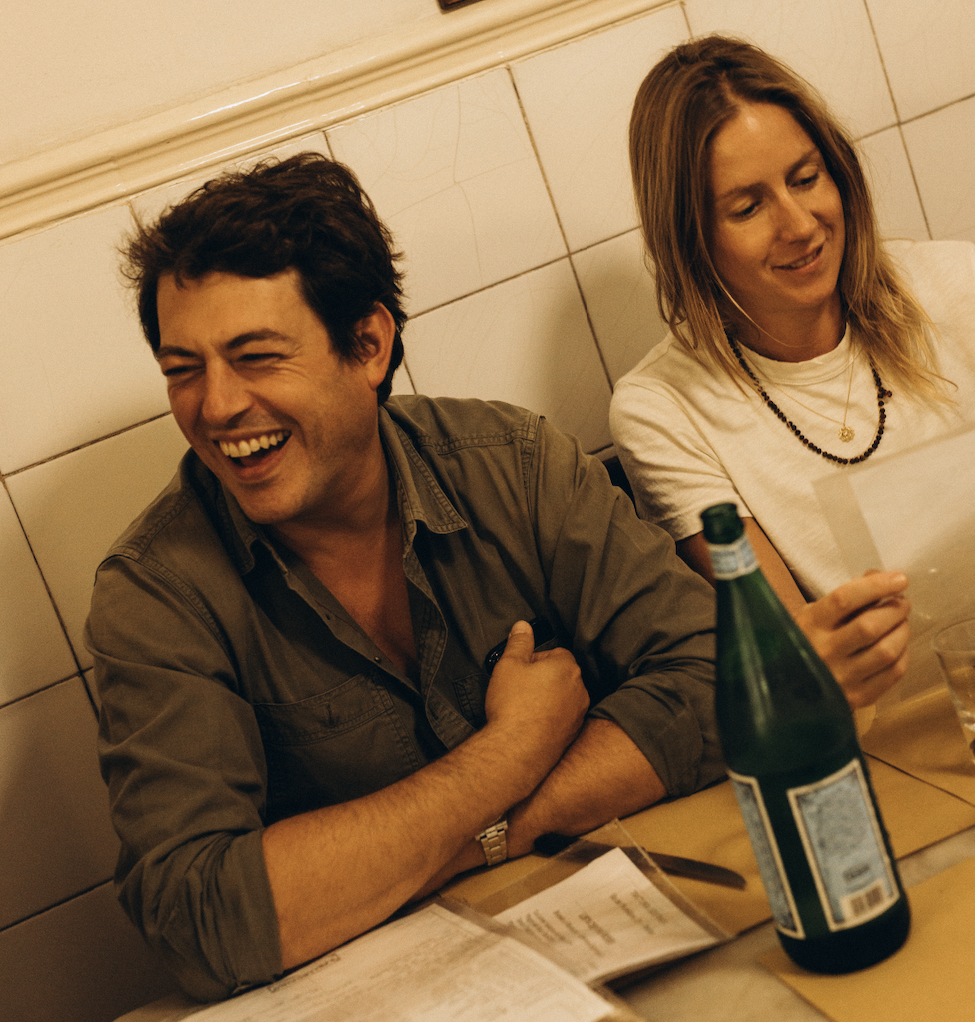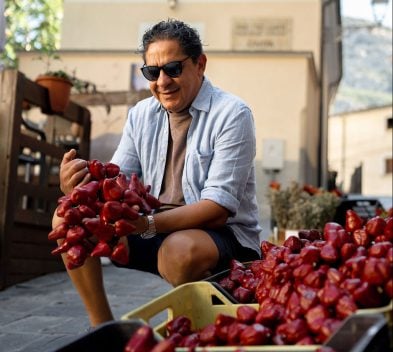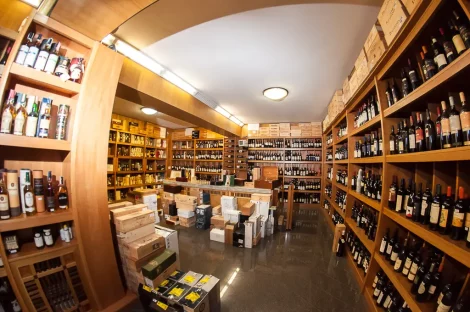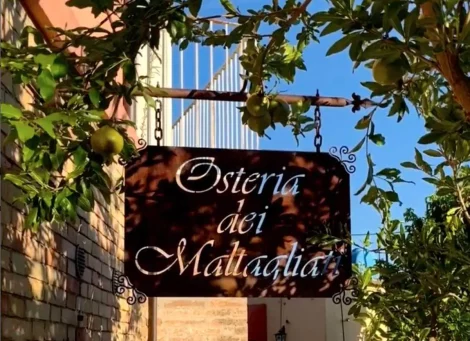Setback for Italian wine exports. In the first quarter of 2025, despite a slight increase in value—up 0.9% to €1.85 billion—the volumes shipped abroad fell by 2.7 percentage points, dropping from 506 to 492 million litres. According to the latest Istat foreign trade data, analysed by the weekly Tre Bicchieri, the trend seen in February is confirmed: revenues are growing while quantities are shrinking, following a record-breaking 2024 and a strong start in January 2025, driven both by stockpiling in the United States due to tariffs announced by Donald Trump and the boost from Prosecco.

A difficult March, starting with the US
Looking at Italy’s main wine customers, in March alone the United States held steady in value terms (€177.6 million) but saw a -3.5% drop in volume, which could raise concerns among Italian producers, who are waiting to see how talks between the White House and Brussels evolve regarding tariffs. Considering the entire first quarter, exports to the US remain positive, with €513 million in revenue compared to €456 million a year earlier. Canada, however, showed a downturn in March alone: revenues stood at €31.1 million and volumes dropped below 6 million litres (-1.5%). Looking at the January–March 2025 period, Canada also shows a positive trend, with €94.5 million compared to €87 million in Q1 2024.
Europe holds, but negative signs appear
In the Old Continent, analysing just the month of March—which appears to be the most difficult of the year—both Germany (+0.23%) and the United Kingdom (+3.3%) purchased more wine. France also posted a positive figure (+9%). However, caution is needed, as in value terms France grew by just 0.6%, Germany by 0.57%, while the UK actually declined by -1.57%. Switzerland, another important client for Italy, also declined both in volume (-6%) and in value (-4.3%).
Considering the full first quarter, Germany grew in value by 1.7%, the UK lost 1.45%, Switzerland dropped 0.8%, while France recorded +0.8%. In volume terms, the German market lost 1.4%, the UK and Switzerland remained stable, while France gained 3.2%. The figures suggest that some historical markets have somehow held on, as shown by stable volumes and slightly positive values in Belgium (€54.4 million), Sweden (€48.6 million), and the Netherlands (€58.7 million), along with a +3% in Poland (€27.8 million) – albeit within a context of uncertainty that may become more complicated in the coming months.
Disaster in Russia, China and Japan
Russia has turned its back on Italian wine, with only 7.9 million litres purchased from January to March 2025, compared to 27.8 million a year earlier. China also shows a 23% drop in volumes, Japan is down 12%, while South Korea is up (+4.7%). In value terms, Russia is a disaster, with just €30 million of wine bought from Italy compared to €82.8 million a year earlier (that figure too had been inflated by stockpiling, following Putin’s additional tariffs). Double-digit declines also for China (-22%, just €16 million) and Japan (-10%, falling below €40 million). South Korea is the exception, up +6.5% between January and March 2025, with €13 million in wine purchases.

The “emerging” markets
Much discussion revolves around emerging markets and the need to diversify the export portfolio of Italian wine. But how did some of the smaller buyers perform? To Brazil, the main Mercosur country, Italy shipped 2.3 million litres of wine (+5%, with values at €8.3 million); to India just 135,000 litres (+43%); to Vietnam 658,000 litres (+40%, with values at €3 million); and to Indonesia 72,000 litres (+188%).
Sparkling wines stall, except for Prosecco
Looking at types and formats, sparkling wine volumes slightly declined in March 2025 (-0.5%), but values continued to rise, up +0.58% to €495 million. Import costs for sparkling wines also dropped compared to the first quarter of 2024, with spending down 17% to €53 million. Prosecco DOC in particular, with €387 million, posted a 5% increase in value over the same quarter last year, while volumes rose by over 6% to 88.6 million litres. A denomination that confirms its key role in national exports.

Bottled wine under pressure
Bottled wine (in formats under 2 litres) saw a +0.55% rise in value to €1.24 billion, while quantities fell by over 5% to 274.3 million litres. The average price per litre of bottled Italian wine increased to €4.55. Formats between 2 and 10 litres, including the bag-in-box segment, fell significantly in value by 7.9%, to €23.8 million, with volumes almost reaching double-digit decline: -9.6%.
At the regional level, Istat data shows declines in both volume and value for bottled DOC wines from Tuscany. For Piedmont’s DOC reds, despite a slight decline in volume between January and March 2025, revenues grew by 10%, to €96.7 million. Values and quantities for bottled DOC reds from Veneto remained stable. Mixed results for Sicily’s DOC, with the combined total of red and white DOC wines posting +3% in value and -3.8% in volume.


 The social media star resurrecting Italy's forgotten culinary classics
The social media star resurrecting Italy's forgotten culinary classics Giovanni Mazzei brings a taste of Florence to London
Giovanni Mazzei brings a taste of Florence to London Burgundy dominates but Italy is rising: a look at London's fine wine trends
Burgundy dominates but Italy is rising: a look at London's fine wine trends Costco Prosecco recalled over exploding bottle fears
Costco Prosecco recalled over exploding bottle fears The Consorzio Vino Chianti heads to Brazil: “An attentive public and a dynamic market”
The Consorzio Vino Chianti heads to Brazil: “An attentive public and a dynamic market”





